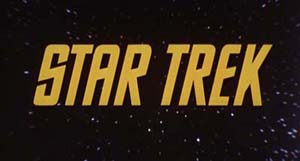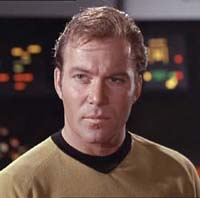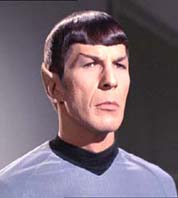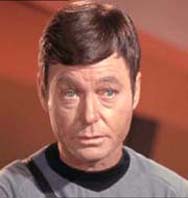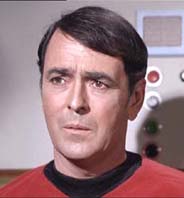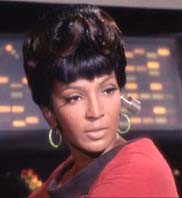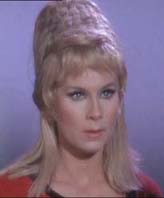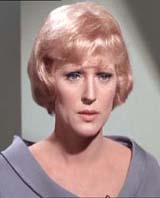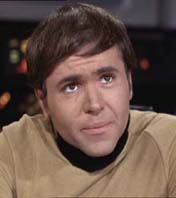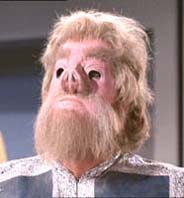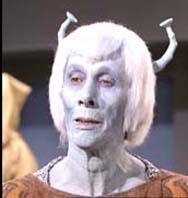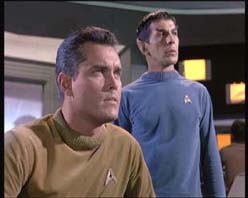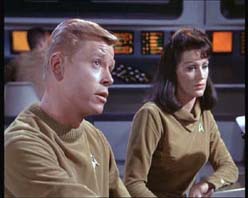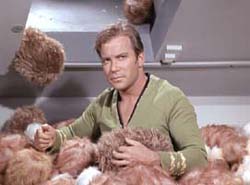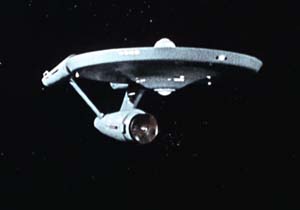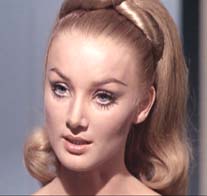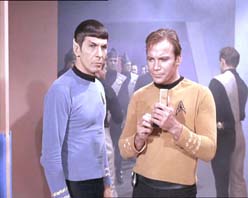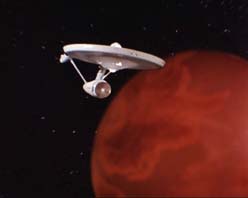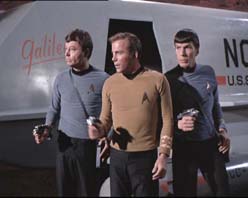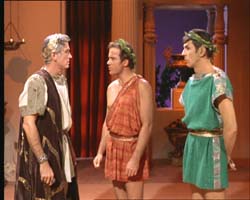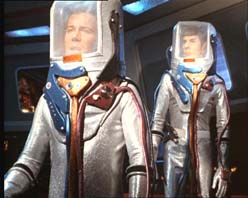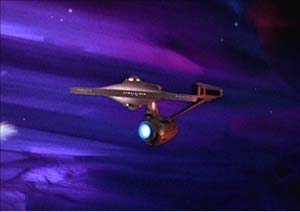|
“Spock’s
brain”, where an alien race steals the brain of Spock, and dr. McCoy is
forced to drive his body by a remote control… Rather poor also “The way to
Eden”, where the Enterprise meets a group of space hippies. In the third
season, on the contrary, become possible the first inter-racial kiss of
television history: a kiss between Kirk and Uhura, in “Plato’s
stepchildren”.
Compared to all what had been aired previously (and also later), “Star
Trek” was really innovative: standing in the pattern of space opera, it
faced interesting themes like racial tolerance, war’s absurdity, the
danger of humanity taken over by machines. Also in its lighter moments,
“Star Trek” kept its credibility: the serie had a share of comedies but
also those stories worked perfectly.
That was due to very good writers, almost all famous
SF authors. |
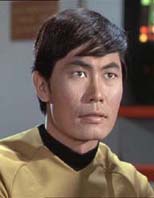 |
